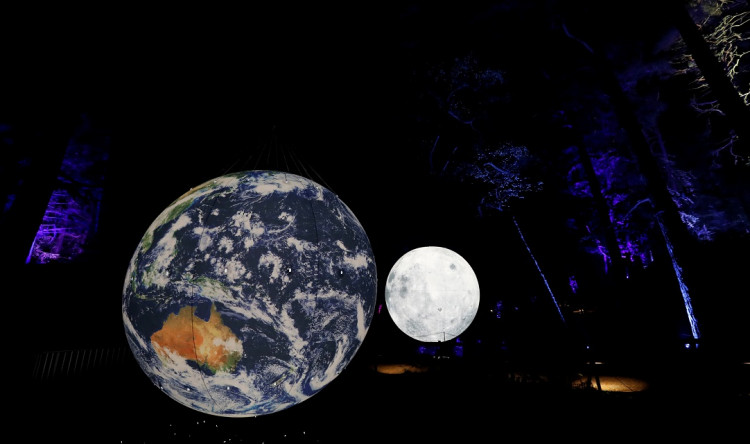The China National Space Administration (CNSA) initially planned to send tortoises to the dark side of the moon as part of its lunar exploration program. The plan, however, was scrapped after researchers found that its spacecraft can only carry enough oxygen to keep the animals alive for less than a month when it would have taken more to reach the moon's surface.
Project leader for the experiment Xie Gengxin of the Technology Research Institute at Chongqing University told IEEE Spectrum that the team had drafted plans to send a small species of tortoise to the moon. The goal out of the experiment is to find out how animals react to the moon's gravitational conditions, which could potentially help improve manned missions in the future.
The plan was eventually dropped due to the Chang'e-4 spacecraft's weight limitations.
"The weight of the Chang'e-4 probe demanded that the weight [of the experiment] can't exceed three kilograms (6.6lbs)," Xie explained. "Even though it is very meaningful to choose tortoise, the oxygen inside the payload can only be used for about 20 days for turtles."
The Chang'e-4's lander and rover launched on Dec. 7, 2018, entering the lunar orbit on Dec. 12, and successfully landed on the moon on Jan. 3, 2019. It carried CNSA's biological experiment of growing cotton, arabidopsis and potato seeds, and fruit-fly eggs and yeast inside a biosphere on the lunar surface.
All of these died quickly, except the cotton. A 3D reconstruction shows that the cotton plant grew not one, but two leaves before dying due to the cold temperatures after about two weeks. The results suggest that the experiment was slightly more successful than initially thought.
The results of the experiment emerged earlier this month when it was reported that the Chang'e-4 was able to grow cotton seeds on the moon's harsh environment, albeit short-lived. Still, it had marked a milestone for China as the first successful botanical experiment on the moon.
Will China's Lunar Exploration Program attempt to send animals in the future? Xie said that the team is not giving up on the idea, though admitted to needing bigger payload allocations to push through with the project in the future.
A wide variety of animals have been launched into space, including dogs, monkeys, mice, insects, and tortoises. The first tortoises actually made it back to Earth alive after successfully circling the moon in 1968. Though humans are so far the only living animal to have visited the surface of the moon, scientists believe that tardigrades, the eight-legged segmented micro-animals, are dwelling and surviving on the moon right now.





